This time, I asked ChatGPT: What price should I set for my self-published book?
What ChatGPT said
Setting the right price for your self-published book is one of the trickiest—and most personal—decisions you’ll make. Price too high, and you risk scaring off curious readers. Price too low, and you devalue your work or struggle to cover costs.
Here’s a practical guide to help you price with purpose—whether you’re selling online, at events, or through local stockists.
1. Start with Your Format and Costs
Different formats come with different costs—and reader expectations.
Print Books
- Short stories, novellas or zines (under 100 pages): $8–$15 AUD
- Standard paperbacks (150–300 pages): $18–$28 AUD
- Larger-format or premium editions: $25–$40 AUD
Use this formula as a baseline:
Cost to print + retailer/distributor cut + margin for you = final price
For example, if your book costs $6 to print and you want a $5 margin after a 40% retailer cut:
- ($6 ÷ 0.6) + $5 = $15 retail price
Ebooks
- For fiction, the sweet spot is $2.99–$6.99 AUD. Under $2.99 and you lose decent royalty rates on most platforms.
- Don’t underprice to “compete with free.” Instead, focus on the value your book brings.
Audiobooks
- Prices often depend on length. Many authors set their audiobook pricing between $10 and $25 AUD, though this is usually managed by the distributor (e.g. Findaway Voices, ACX).
2. Consider Your Goals
What’s your goal with this book?
- Reach: Want more readers and reviews? Set a lower price or run free promos on ebooks.
- Profit: Price to make at least $3–5 per copy sold.
- Perceived Value: Higher prices can signal quality—but only if your cover, blurb and production are polished.
Pricing is emotional. Don’t race to the bottom. Think of your book as a handcrafted product—not a disposable item.
3. Adjust for Where and How You Sell
Pricing is context-sensitive. What works at a market stall might not work online.
- At events: Round numbers are best. $15 or $20 is easier than $17.95. People are paying in cash or on the spot—they want a good deal and a good feeling.
- Through bookshops: Retailers take a 35–50% cut, so make sure your wholesale price leaves you something.
- Online: Know your platform’s fees and royalties. Amazon and IngramSpark calculate these for you when you upload.
Tip: Look at comparable titles in your genre and region. If most similar books are $22.95, don’t go in at $12 unless you’re doing it strategically.
Final Thoughts: Value Yourself, Then Add Tax
There’s no magic number—but there is a balance between fair price, fair wage, and reader access.
Start with the numbers. Add your values. Then test and tweak. Pricing isn’t forever—you can always update it as you learn more.
Your book is worth it. So are you.
What Anna Says
I was surprised because this is close to how I price my books. The different considerations are spot on. Edit: on second thought, the equation is incorrect. It should be (print cost + profit) / 0.6 if the retailer retains 40% of the price of the book.
One thing I would add, is for the RRP when you register your book in ISBN, should be the highest price you calculate for your format. For example, the price you calculate for bookstores may be the highest price, so you put that on the ISBN register.
The other thing I would add is to be as close to reader expectation as possible. For example, for my POD books on Ingram Spark I only get a $1 profit (in the respective currency), because of the length of my books and reader expectations on that length.
